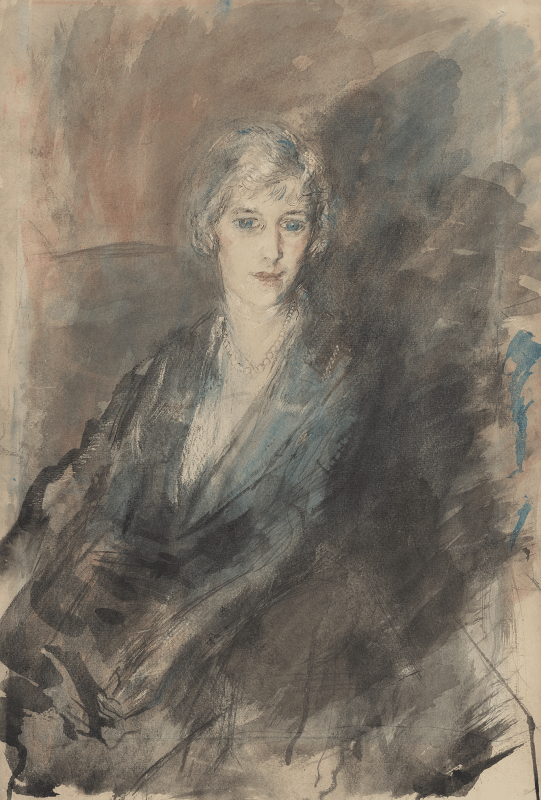Full Biography
Duncan Grant was interested in art from a young age and was encouraged by a family friend - the French painter Simon Bussy – to pursue it as a career. After a brief period studying at art schools in Paris and London, Grant rented two rooms in Fitzroy Square and soon became close friends with Adrian and Virginia Stephens (later Woolf). Grant had already met their sister Vanessa (later Bell) earlier in 1905 at the Friday Club – an informal art group established by Bell with the aim of discussing the latest ideas about art and organising exhibitions. Grant exhibited with the Friday Club in 1910 and later that year visited Roger Fry’s ground-breaking exhibition of Post-Impressionist art at the Grafton Galleries. The exhibition, combined with Grant’s exposure to modern European art during his years in Paris, had a profound effect on his art and thereafter developed a painting style characterised by bold colour and direct observation.
It was around this time that the Bloomsbury group began to find its feet with Grant and Bell and Roger Fry at the centre. The group became known for its liberal mindset and bohemianism.
Duncan Grant was interested in art from a young age and was encouraged by a family friend - the French painter Simon Bussy – to pursue it as a career. After a brief period studying at art schools in Paris and London, Grant rented two rooms in Fitzroy Square and soon became close friends with Adrian and Virginia Stephens (later Woolf). Grant had already met their sister Vanessa (later Bell) earlier in 1905 at the Friday Club – an informal art group established by Bell with the aim of discussing the latest ideas about art and organising exhibitions. Grant exhibited with the Friday Club in 1910 and later that year visited Roger Fry’s ground-breaking exhibition of Post-Impressionist art at the Grafton Galleries. The exhibition, combined with Grant’s exposure to modern European art during his years in Paris, had a profound effect on his art and thereafter developed a painting style characterised by bold colour and direct observation.
It was around this time that the Bloomsbury group began to find its feet with Grant and Bell and Roger Fry at the centre. The group became known for its liberal mindset and bohemianism.
In 1913 Roger Fry established the Omega Workshops with Grant and Bell as creative directors. Their aim was to blend Post-Impressionist developments in painting with the decorative arts. They sold furniture, fabrics and other household objects made by artists and undertook decorative schemes including mural painting, stained glass design and mosaic work. Individual works were designed and constructed by multiple different artists, and the spirit of collaborative working perfused through the group. For the Bloomsbury group members, the post-impressionists aesthetic was no longer hung within the confines of the gallery; it began to infiltrate every aspect of the home.
During the First World War, Grant moved to Charleston in East Sussex, with Vanessa Bell and David Garnett. Charleston soon became a popular haunt within fashionable bohemian circles and the house took on a life of its own with the unique creativity of its residents expressed through painted interior schemes and eclectic furnishings. During both World Wars, Charleston became a permanent family home for Grant and Bell. Both Grant and Bell’s enduring attachment to their home at Charleston, its idyllic surroundings, and constant flow of visitors can be witnessed through their art. Examples of landscapes, portraits and still lifes produced by Grant at Charleston can be seen above.
Philip Mould & Company are one of the leading dealers in works by Duncan Grant and the Bloomsbury group. We have sold works by Grant to private collectors and institutions alike, including The Italian Handkerchief, Leda and the Swan and Dr Marie Moralt.
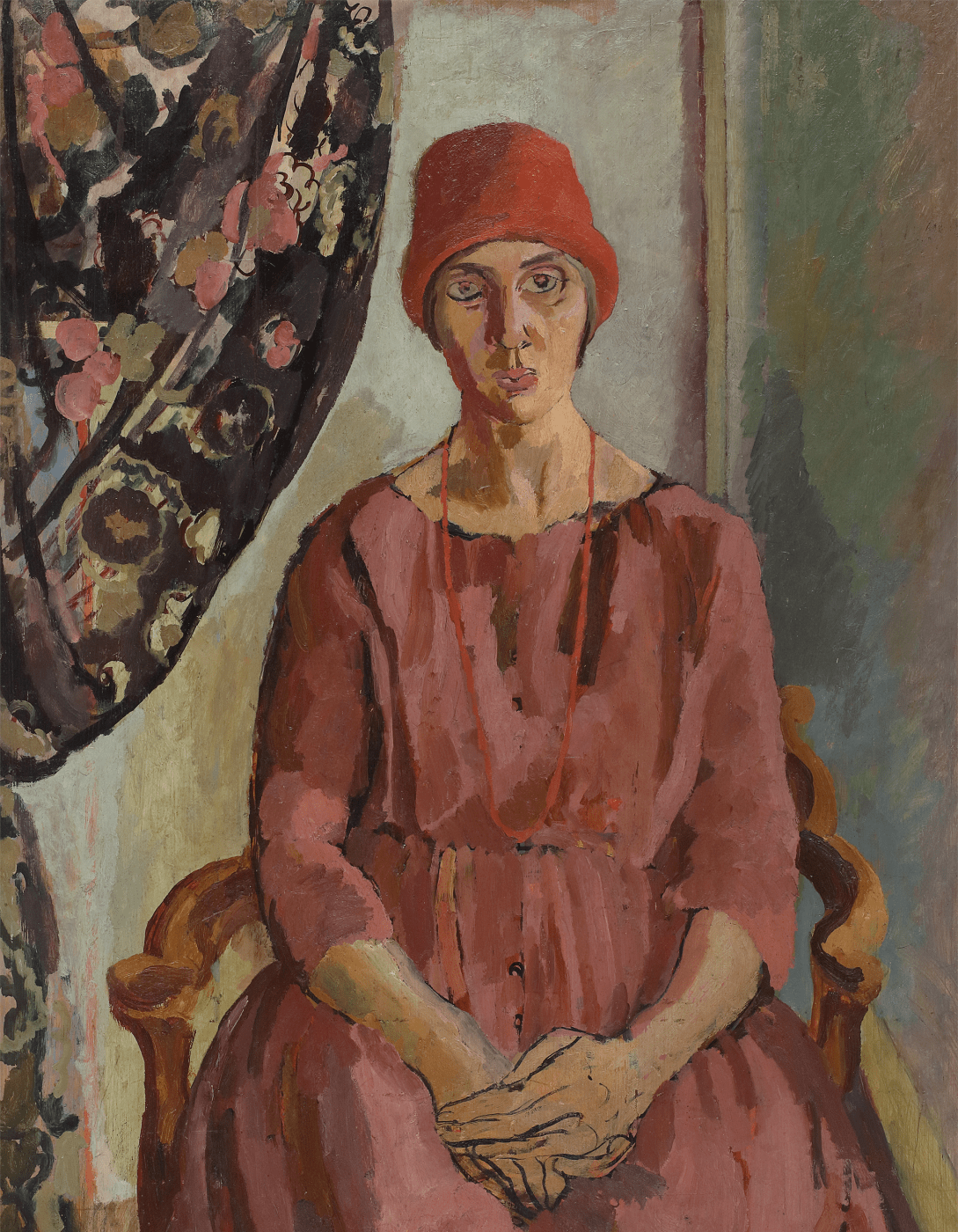
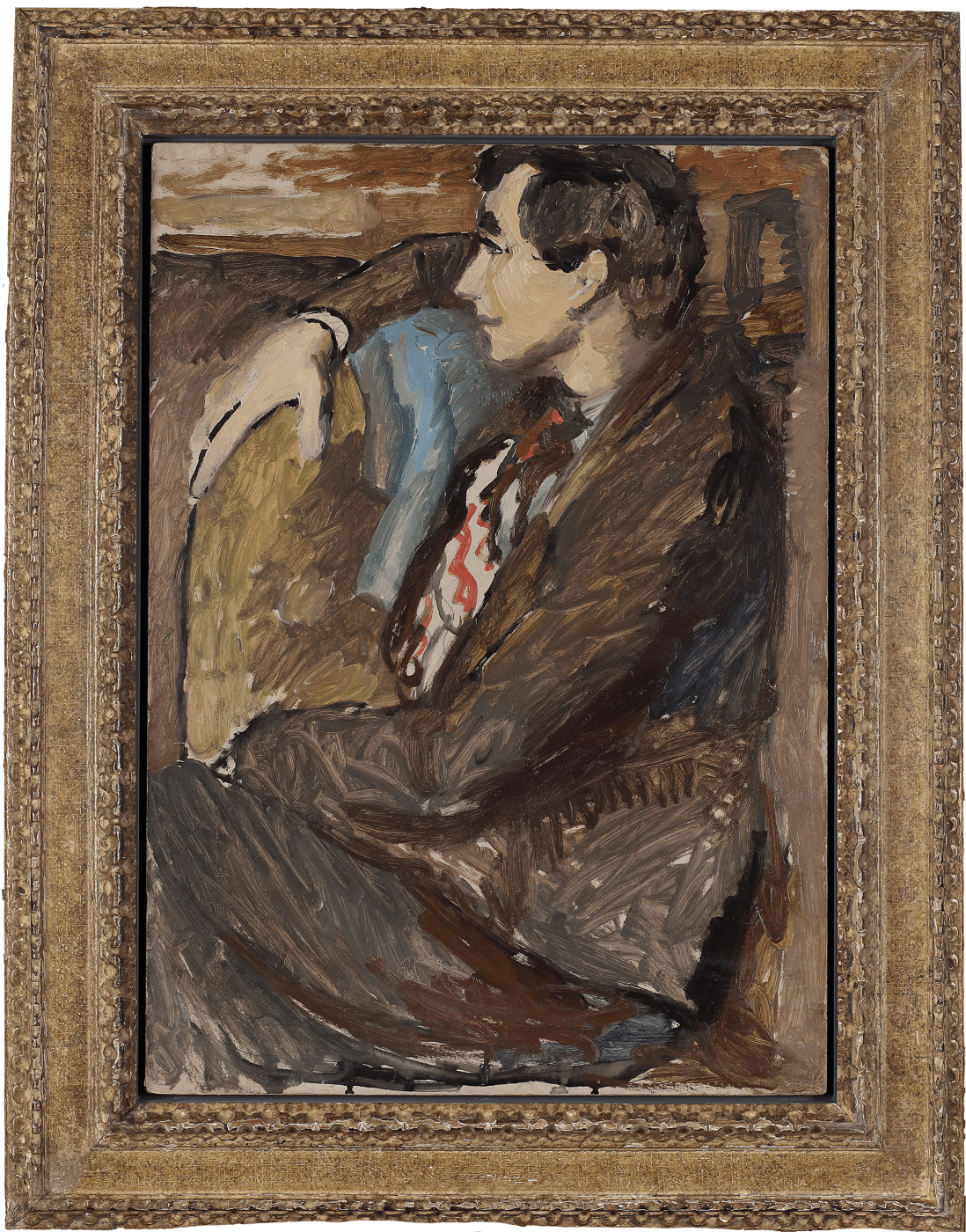



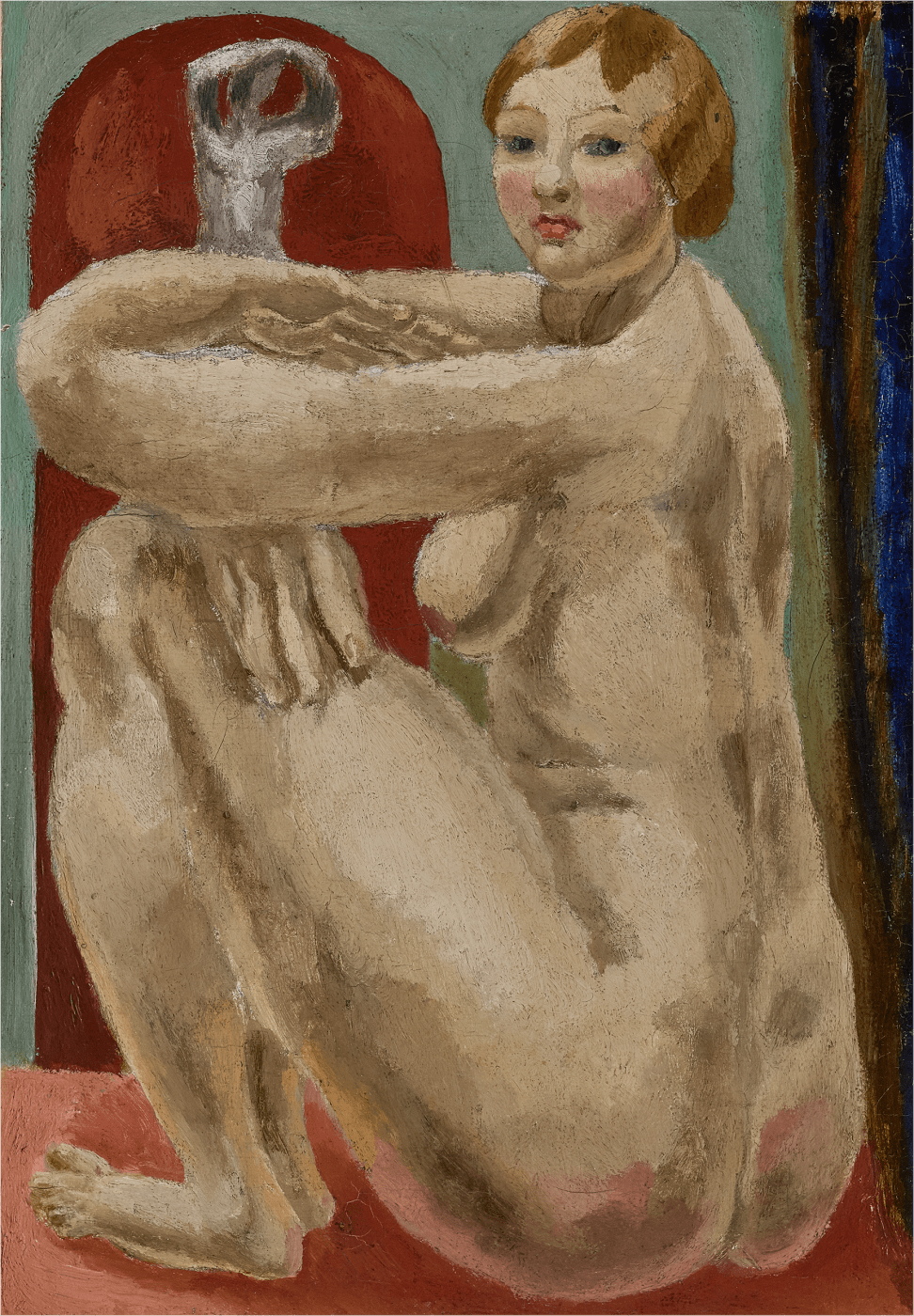
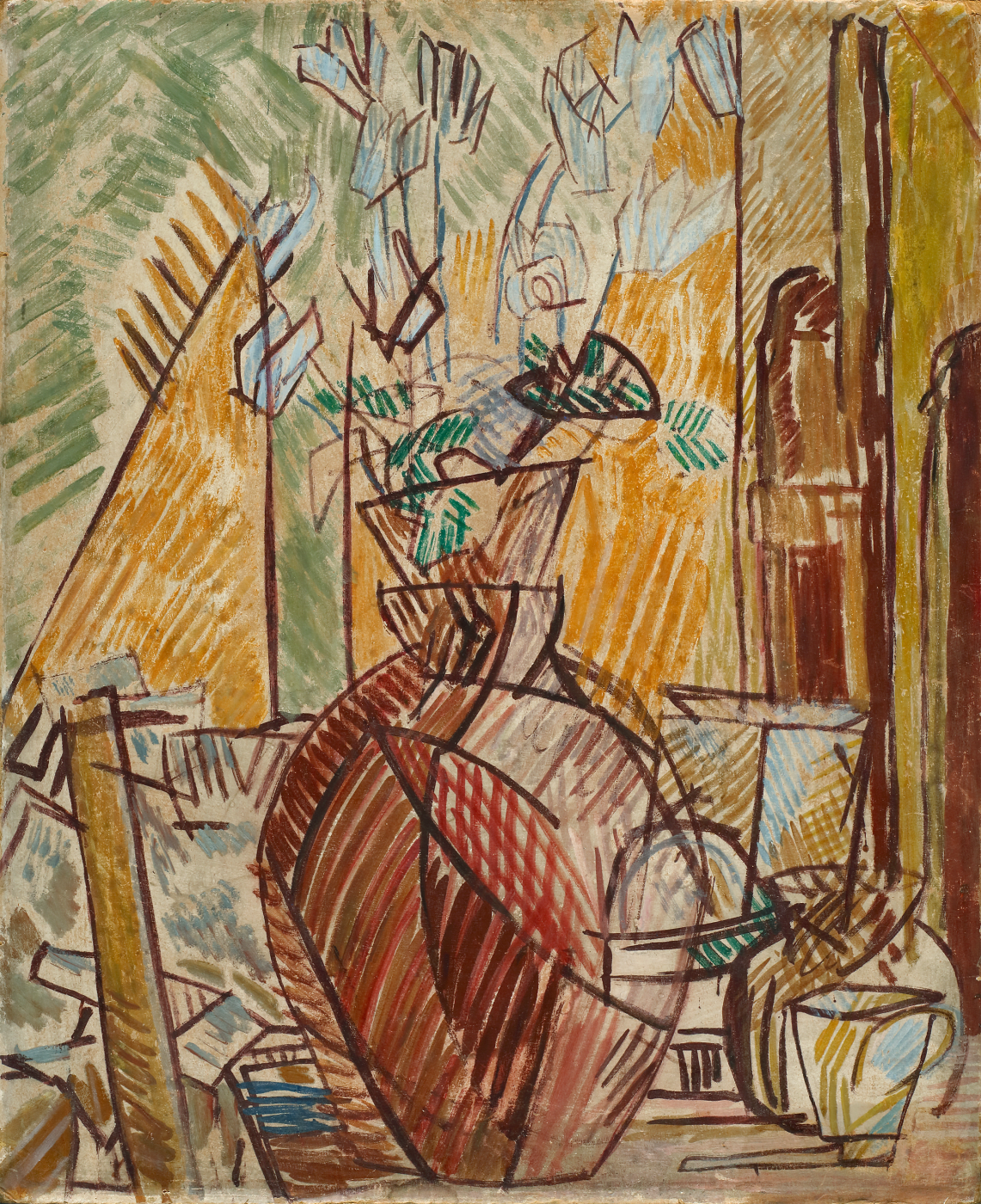

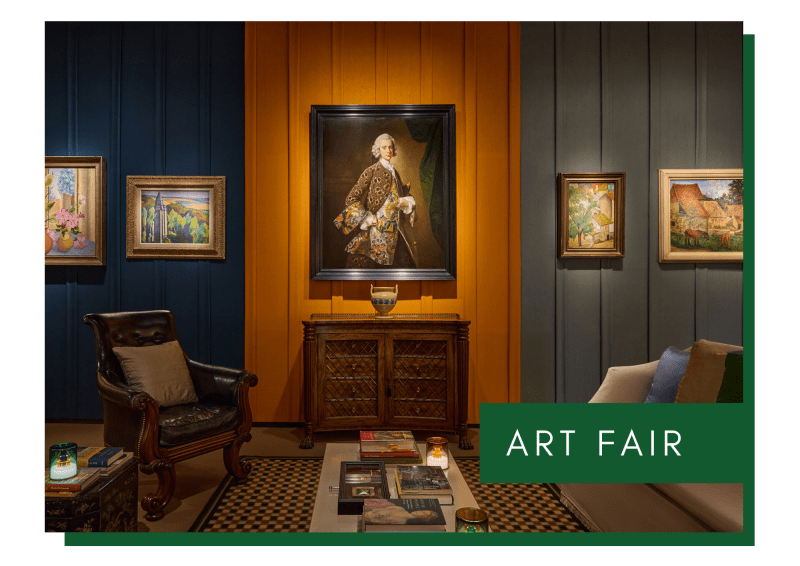


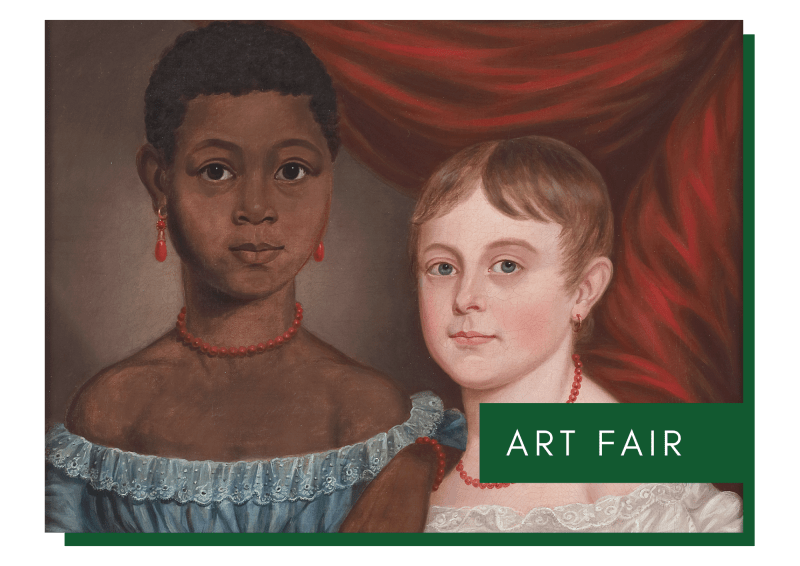

















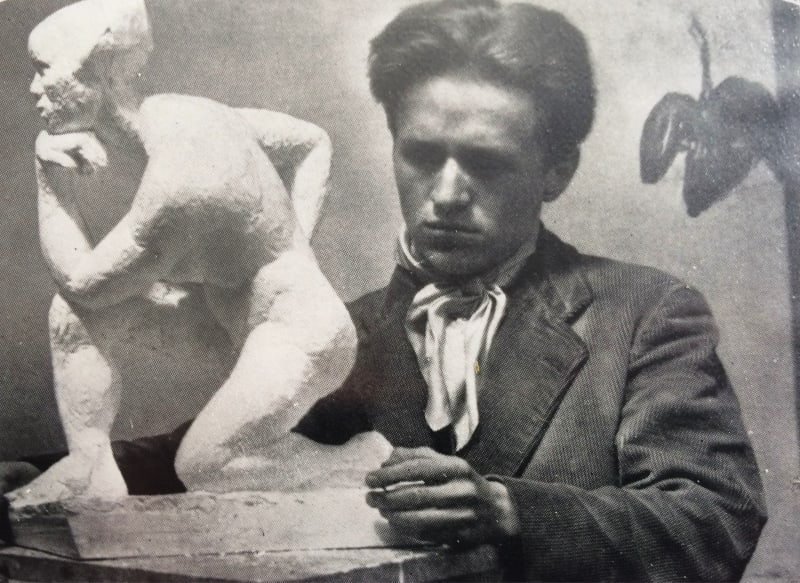












![Painting of Angelica Garnett, Vanessa Bell and Duncan Grant's daughter. In The Studio at Charleston, painted by Vanessa Bell]](https://artlogic-res.cloudinary.com/w_800,h_800,c_limit,f_auto,fl_lossy,q_auto:good/ws-philipmould/usr/images/news/list_image/items/46/4690e69b1099451f817166550f9e9c20/interior-with-the-artist-s-daughter-vanessa-bell-c.1935-6-the-charleston-trust.jpg)









